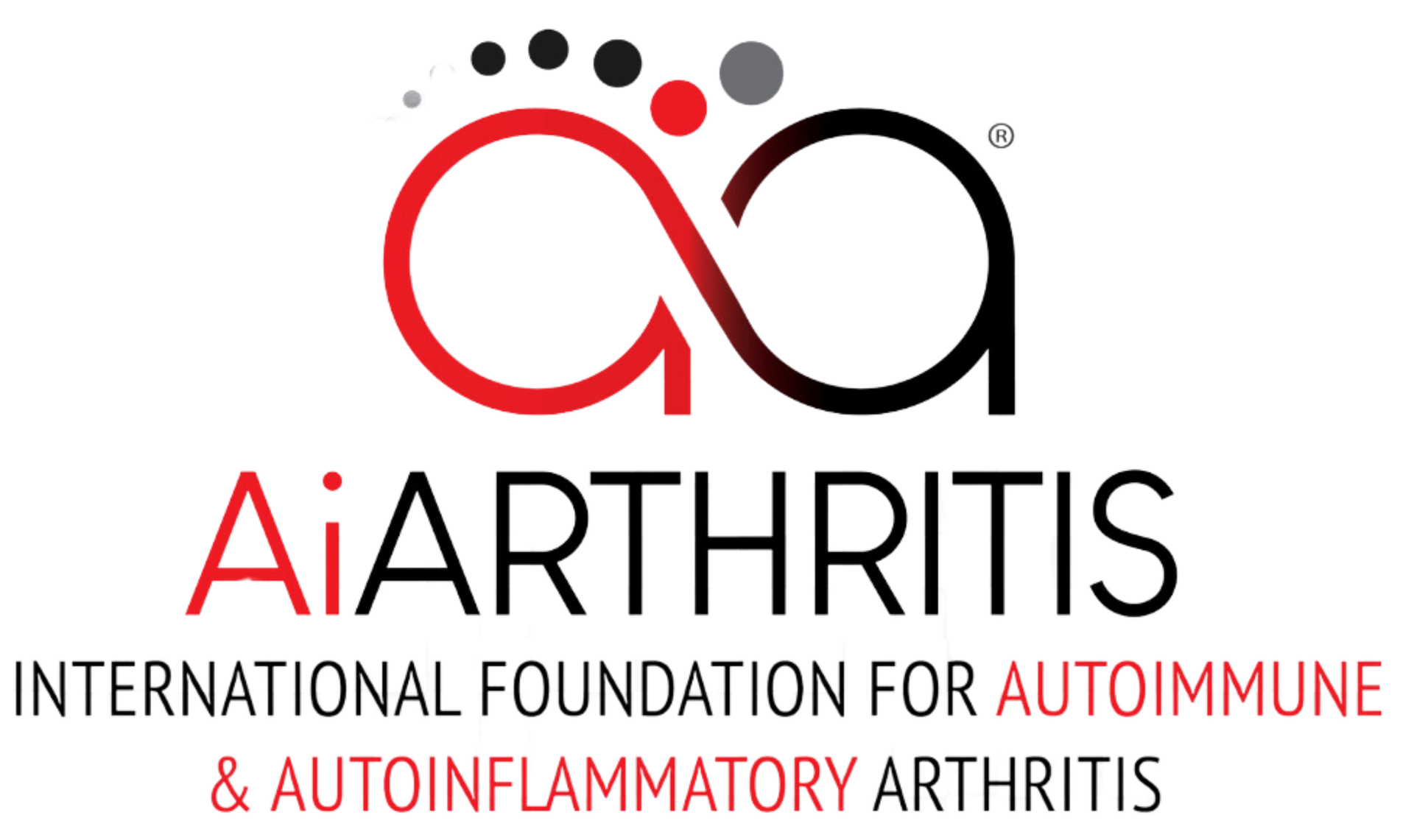The American College of Rheumatology Conference 2024 brought exciting news for those living with autoimmune diseases. Among the most groundbreaking advancements were the developments in cell therapies—cutting-edge treatments that have the potential to revolutionize care for diseases like lupus, systemic sclerosis, and myositis. Here's how this research could transform the lives of patients.
Cell Therapy: A Promising Horizon for Autoimmune Disease Treatment
What Is Cell Therapy?
Cell therapy involves using a patient’s own cells or donor cells to reset the immune system. Unlike current biologics, which often require long-term use and don’t always prevent disease flares, cell therapies aim to achieve remission—complete and lasting disease inactivity.
Two key approaches were presented at ACR 2024:
CAR-T Therapy: Resetting the Immune System
Presented by Bristol Myers Squibb, CAR-T therapy is a process where:
- T-cells are extracted: A patient’s T-cells are drawn and sent to a lab.
- Modified and reintroduced: These cells are modified and infused back into the body after mild chemotherapy depletes existing B-cells.
- Resetting the immune system: The therapy provides a “reset,” drastically reducing or eliminating disease activity.
Impact for Patients:
- Remission as the Goal: Nearly all patients treated in studies achieved remission, with some cases reporting sustained remission for over five years.
- Cancer Inspiration: Originally developed for lymphoma, CAR-T therapy has been life-changing for cancer patients and is now bringing similar hope to those with autoimmune diseases.
Donor Cell Therapy: A Non-Hospitalized Approach
Developed by RTV, this therapy uses donor cells from umbilical cord blood. The approach differs in several ways:
- No chemotherapy required: Unlike CAR-T therapy, there’s no need for chemotherapy to deplete existing cells.
- Outpatient administration: This therapy can be performed without hospitalization, making it more accessible and less disruptive for patients.
Impact for Patients:
- Simpler Treatment: The lack of hospitalization and chemotherapy means fewer risks and a faster recovery time.
- Versatility: This therapy is being tested for lupus, both with and without nephritis (kidney involvement).
What Makes Cell Therapy Revolutionary?
Achieving Remission:
- Patients who undergo cell therapy often experience complete remission, a term rarely used in autoimmune care.
A “One-Time” Treatment?
- Unlike ongoing biologic therapies, cell therapy could potentially be a one-time or occasional treatment, reducing the need for continuous medication.
Long-Term Benefits:
- Current data shows sustained remission in patients who received these therapies years ago, but longer-term studies are needed.
Challenges Ahead
While cell therapy brings immense promise, several hurdles must be addressed:
Cost and Accessibility:
- These treatments are expected to be expensive, and questions remain about how healthcare systems will make them accessible.
Duration of Effectiveness:
- It’s unclear how long remission will last—whether it’s one treatment in a lifetime or multiple treatments.
Equity in Access:
- Ensuring patients worldwide, regardless of socioeconomic status, can benefit from these therapies is a priority for future research and policy.
What This Means for Patients
The development of cell therapy signals a shift in how autoimmune diseases are managed:
- Hope for a Cure: For the first time, the word “cure” is entering discussions about autoimmune diseases.
- Less Burden: A potential reduction in the need for daily or monthly medications could significantly improve the quality of life for patients.
- A Bright Future: With ongoing clinical trials and a growing body of evidence, cell therapy is becoming a tangible reality for many.
Looking Ahead
While much remains to be studied, the advancements in cell therapy represent a beacon of hope for the autoimmune community. With continued research, collaboration, and advocacy, these therapies could redefine what it means to live with an autoimmune disease.
Stay tuned as researchers and organizations like AiArthritis work to bring these groundbreaking therapies closer to reality for patients everywhere.






